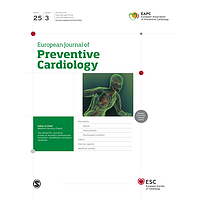Background: The aims of this study were (a) to test the ability of N-terminal pro-brain natriuretic peptide (NTproBNP) to detect subclinical target organ damage (TOD) denoted by left ventricular hypertrophy (LVH), aortic stiffness or renal damage and (b) to test its reproducibility in two different conditions in an ancillary study.Methods: The study included 837 patients (50.9% men) with hypertension aged 50 +/- 24 years with a median 24-h ambulatory blood pressure (BP) of 148/90 mmHg. LVH was assessed by transthoracic echocardiography and echocardiography, aortic stiffness was assessed by carotid-femoral pulse wave (PWV) measurements and renal dysfunction by measurements of the estimated glomerular filtration rate (eGFR) and microalbuminuria.Results: After the exclusion of patients with a history of heart failure, NT-proBNP was independently correlated with sex, systolic BP, primary hypertension, PWV, LVH and eGFR, but not with microalbuminuria. The median (interquartile range) NT-proBNP increased gradually according to the number of target organs damaged: 42 (24-70), 77 (39-151), 141 (81-250) and 334 (177-556) pg/mL, for damage to 0, 1, 2 and 3 target organs, respectively (p< 0.001).. For the same number of target organs damaged, NT-proBNP was higher in women and for secondary hypertension. A threshold at 90 pg/mL for men and 142 pg/mL in women had a specificity of 95% to detect at least one TOD (areas under ROC curve 0.790 and 0.783, respectively). The reproducibility of NT-proBNP was fairly good in this setting (r = 0.952, p< 0.001, N = 325)Conclusion: This study demonstrates that NT-proBNP mirrors the harmful effect of high BP on TOD. NT-proBNP could be used as an integrative tool for risk stratification in hypertension.

Plasma NT-proBNP mirrors the deleterious cardiovascular and renal continuum in hypertension
Review badges
0 pre-pub reviews
0 post-pub reviews


